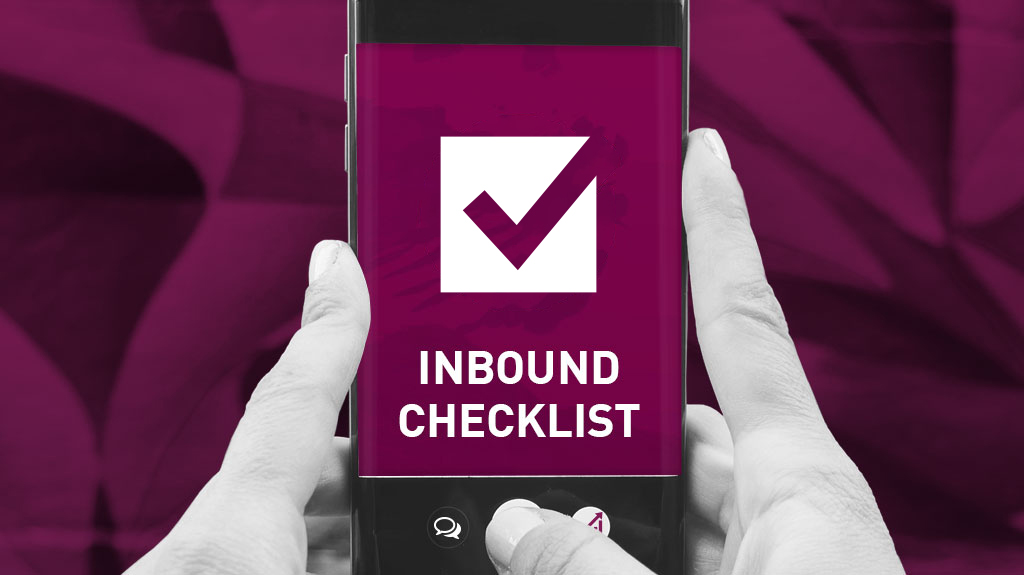Unlike traditional outbound marketing methods—print advertising, billboards, direct mail—that interrupts and tries to get in front of as many people as possible, inbound marketing engages people when they’re already actively hunting for a product or service.
Inbound marketing (also called permission-based marketing) uses a mix of website optimization, content creation, search engine optimization, email marketing, lead generation and social media marketing that isn’t as intrusive as traditional marketing.
It’s not about forcing your product/service on prospects but making it easier to find when they need it. In essence, it is about educating and equipping people to make informed decisions.
Download the Inbound Marketing Checklist
Two-Way Communication
One of the biggest advantages of inbound marketing is the two-way communication, where the audience interacts with your business in a “dialog” (e.g., commenting on business blogs, signing up for newsletters, requesting whitepapers, etc.). And, when prospects participate, there is a much better chance that they will become invested and engaged which greases the skids for a prospect to eventually become a customer.
Stay On Top of It
Although it’s easy to understand the purpose and power of inbound marketing in today’s culture, implementing your inbound marketing campaign can quickly fall flat if you don’t stay on top of it. That’s where an inbound marketing checklist will keep you on task, and give you a roadmap for success.
